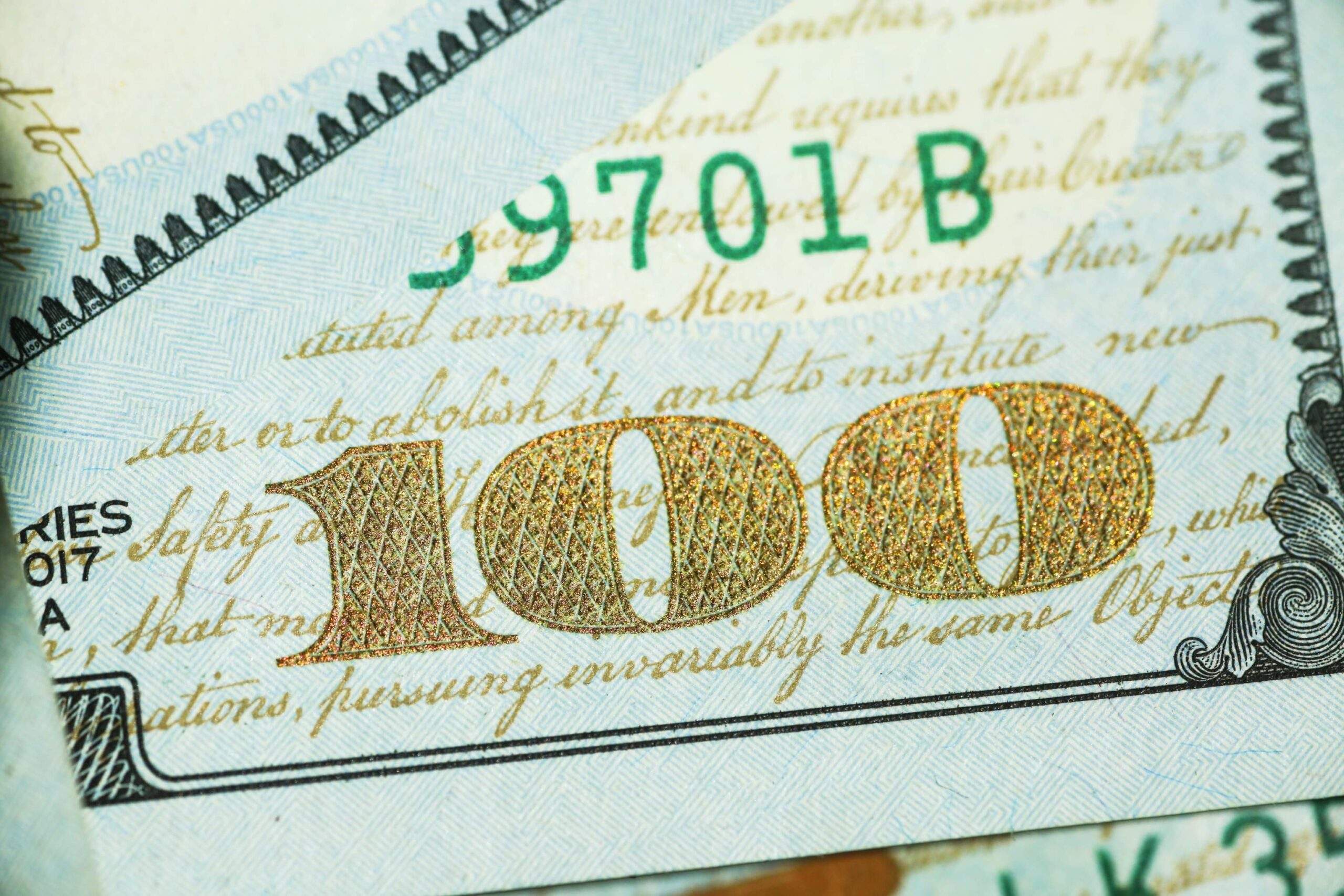Table of Contents
Introduction
Paper money is one of the oldest forms of currency on the planet. We will also discuss ways to use paper to your advantage in your own financial life.
The Evolution of U.S. Paper Money
The American Dollar is one of the world’s most popular and widely used fiat currencies. The first U.S. paper money was issued in 1794, and since then, there have been many different types of dollar bills and coins issued by the United States government. In this article, we’ll look at the history and features of U.S. paper, including how it’s created, how it’s traded, and some of the unique features of the American Dollar compared to other fiat currencies.
How Is U.S. Paper Money Created?
create new banknotes through a printing process that involves cutting sheets of paper into smaller denominations, folding them over several times, and then pressing them into smooth sheets with a machine called a plate press. New coins are made using a similar process but with different devices that strike metal discs with designs instead of printing them onto sheets of paper.
How Is U.S. Paper Traded?
U.S. paper money circulates throughout the economy as cash purchases goods and services and pays for taxes and other obligations like rent or tuition payments owed to landlords or schools, respectively1. Cash transactions are also used to circulate black market currency, which can be used for illegal activities such as
The Features of U.S. Paper Money
The paper money we use today is a legacy of the United States. The first U.S. paper money was issued in 1792, and since then, America has been given different types of paper money, including Federal Reserve Notes, Treasury Bills, and Gold Certificates.
The History of U.S. Paper Money
Despite these successes, there have been several times when U.S. paper has been threatened with extinction. For example, during the Panic of 1837, many people turned to use IOUs (or “promissory notes”) instead of cash because they believed that U.S. paper was not safe from seizure by creditors or government officials. Another time when U.S. paper money was at risk was during World War II when much of America’s supply of silver was melted down to produce war supplies* *.
Despite these challenges, American citizens have continued to use
Conclusion
In this article, we have explored the history and features of U.S. paper money. We have discussed what bills are made of, how they are created, and some of the security features included. We have also described the different denominations of U.S. paper and the different ways you can use them. Finally, we have provided tips on storing and protecting your money so that it remains safe and valuable over time. Thank you for reading!
